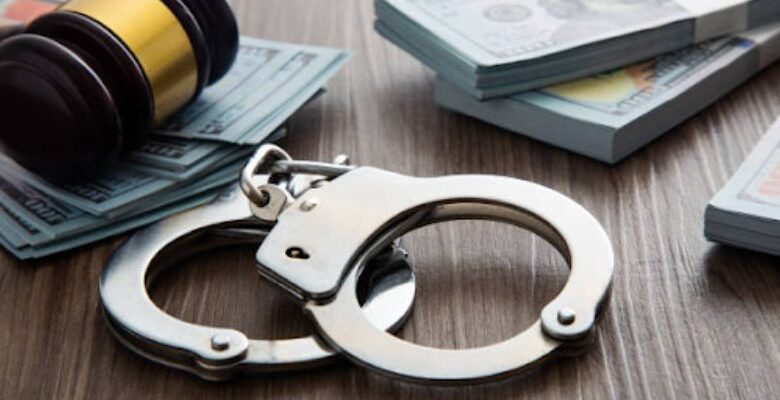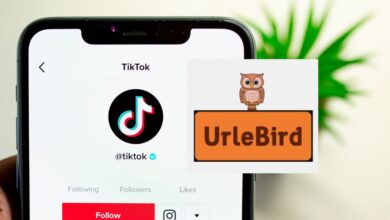How Smurfing Enables Criminals to Launder Money?

Have you ever thought about how criminals use smurfing to launder money and how it helps to conceal their illegal sources?
According to one finance specialist, “Smurfing is the way of washing the illegal money that makes money look clean?”
It is important to know what is smurfing, and in what manner does it aid those with ill intent to clean their dirty money?
Smurfing is a process through which surfers divide large amounts of cash into small ones that will not attract the attention of law enforcement agencies.
They can invest the money with several bank accounts or several transactions. Important financial institutions or even regulators cannot easily notice them.
This helps them to gradually and safely layer the money of the illegitimate origin into the legitimate flow from fair sources. In this article, you will learn about Smurfing meaning and how criminals use smurfing to smuggle money.
Splitting Transactions to Avoid Detection
To launder money, smurfers separate large quantities of black money into small amounts. This method makes the money clean without much struggle.
Criminals split the cash into several initiatives, and it becomes easy to work through several accounts without alerting a money laundering process dubbed smurfing.
In 2023, American supervisory authorities claimed that smurfing comprises a third of all Suspicious Activity Reports, which are associated with money laundering.
Bonus: For more information on mitigating money laundering risks in your business related to smurfing, visit our AML resource center.
Exploiting Cash Transaction Reporting Thresholds
Most countries have laws that compel banks and other financial organizations to declare any cash transactions that are over a certain dollar limit.
To avoid detection from Smurfers, the thresholds are exploited by the use of multiple Smurfing deposits that do not exceed the reporting thresholds.
This allows them to transfer their smurfing money across the system without any of those more suspicious activity reports.
In the U.S., there is the Bank Secrecy Act, where banks are supposed to report any transaction that is more than $10,000, but criminals find ways known as structuring.
Placing Illicit Funds into Legitimate Accounts
When smurfers are able to break up the money and transfer it through different accounts, they will attempt to commit integration into the system.
They may open other bank accounts or utilize proxies of other family members or friends. The money will then be channeled from the smurfing money laundering scheme to other legitimate appearing accounts.
Over the recent years, the AML regulations have been enhanced mainly. Banks are compelled to notify the public of activities above $ 10,000 and any suspicious activity with the use of the Bank Secrecy Act.
Layering Transactions to Obscure Origins
Smurfers will engage in complicated money laundering transactions on the web to conceal the source of their money.
They may transfer the money between various accounts, businesses, and sometimes even countries so as to separate the source of the money from the usage.
These layering processes ensure that there is almost an impossible way for the authorities to track down the money laundering exercises.
In 2023, regulators linked nearly $10 billion of the money laundering in digital assets, making the layering stage more elaborate.
Integrating Laundered Money into the Economy
The final stage of the money laundering process is integration, which is integrated with the process of AML smurfing and layering transactions.
They may achieve this by purchasing a property, funding a business or undertaking, or putting the money in their own pockets.
This enables them to spend the once-base proceeds as if the money came from a normal, legitimate business.
The UN also points out that an estimated $800 billion to $2 trillion representing illicit funds is annually reintroduced into the economy.
Techniques Used by Smurfers to Hide Funds
Different smurfers have multiple tricks for concealing their money laundering from the sight of authorities.
They may cover their sources of money by using Digital Currencies, Shell Companies, and other international transactions.
Smurfing money laundering also uses other people to help transfer the cash around without arousing suspicion from different people.
A recent analysis of smurfing practices in global money laundering estimated that in 2023, the figure exceeded $1.6 trillion. It indicated that money laundering techniques are becoming more diverse and intricate.
Risks and Consequences of Engaging in Smurfing
Smurfing is a very efficient way of moving money through the system to mask its source, even if it is very dangerous.
Structuring or Smurfing in money laundering is prohibited, and offenders must be confined, fined, and subjected to criminal prosecution.
There are reputational damages that can be catastrophic for everyone involved, including individuals and companies.
In 2024, the penalties that organizations and individuals face for violating AML standards have escalated with regard to fines. It ranges in the millions, and imprisonment terms of up to twenty years in extreme cases.
Regulatory Efforts to Combat Smurfing Practices
Banks and governments are always trying to suppress tactics such as smurfing and other methods of money laundering.
Anti-money laundering (AML) laws mandate more stringent reporting of suspicious transactions, while banks are employing analytics services to catch smurfing. With the smurfing techniques, the combating of such a financial crime will continue by following the AML regulations.



